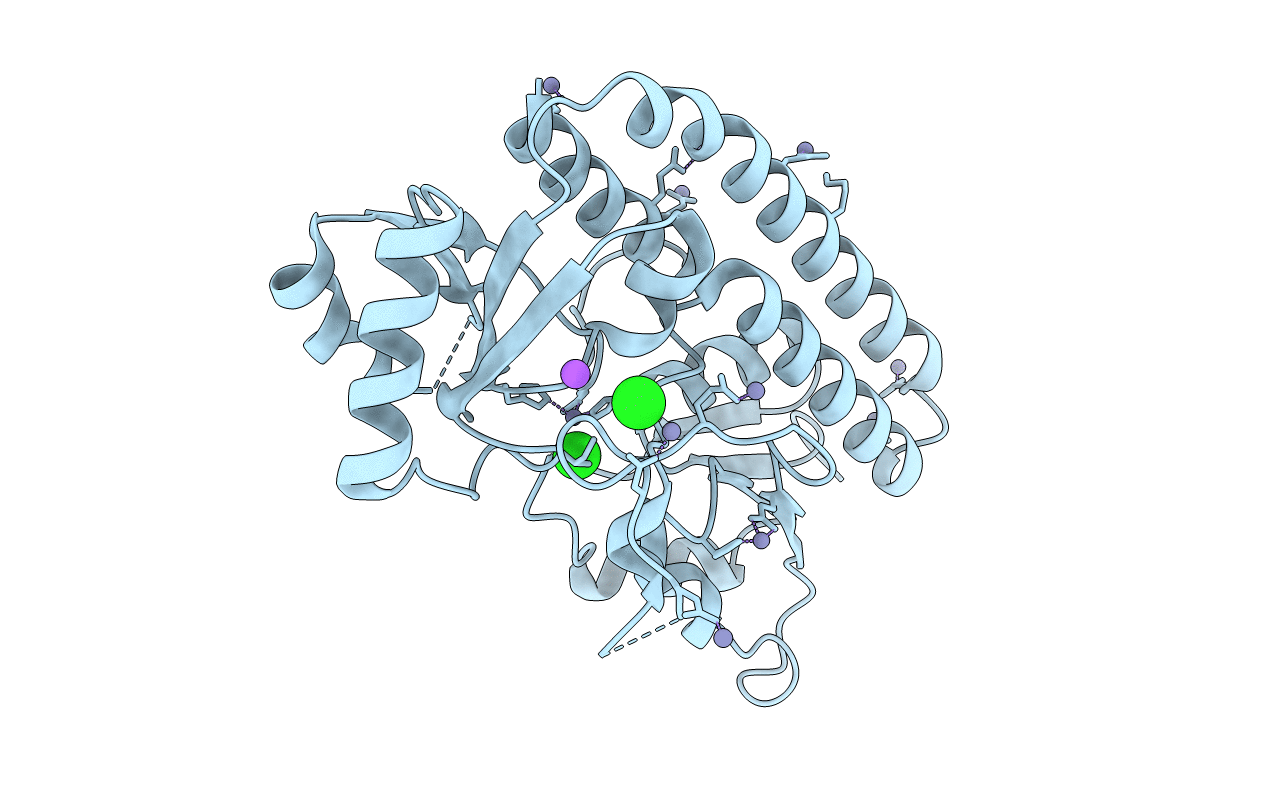
Deposition Date
2021-02-05
Release Date
2021-09-29
Last Version Date
2023-10-18
Entry Detail
PDB ID:
7LM5
Keywords:
Title:
Crystal structure of the Zn(II)-bound AdcAII H65A mutant variant of Streptococcus pneumoniae
Biological Source:
Source Organism:
Streptococcus pseudopneumoniae 5247 (Taxon ID: 1415761)
Host Organism:
Method Details:
Experimental Method:
Resolution:
2.40 Å
R-Value Free:
0.26
R-Value Work:
0.22
R-Value Observed:
0.22
Space Group:
C 1 2 1


